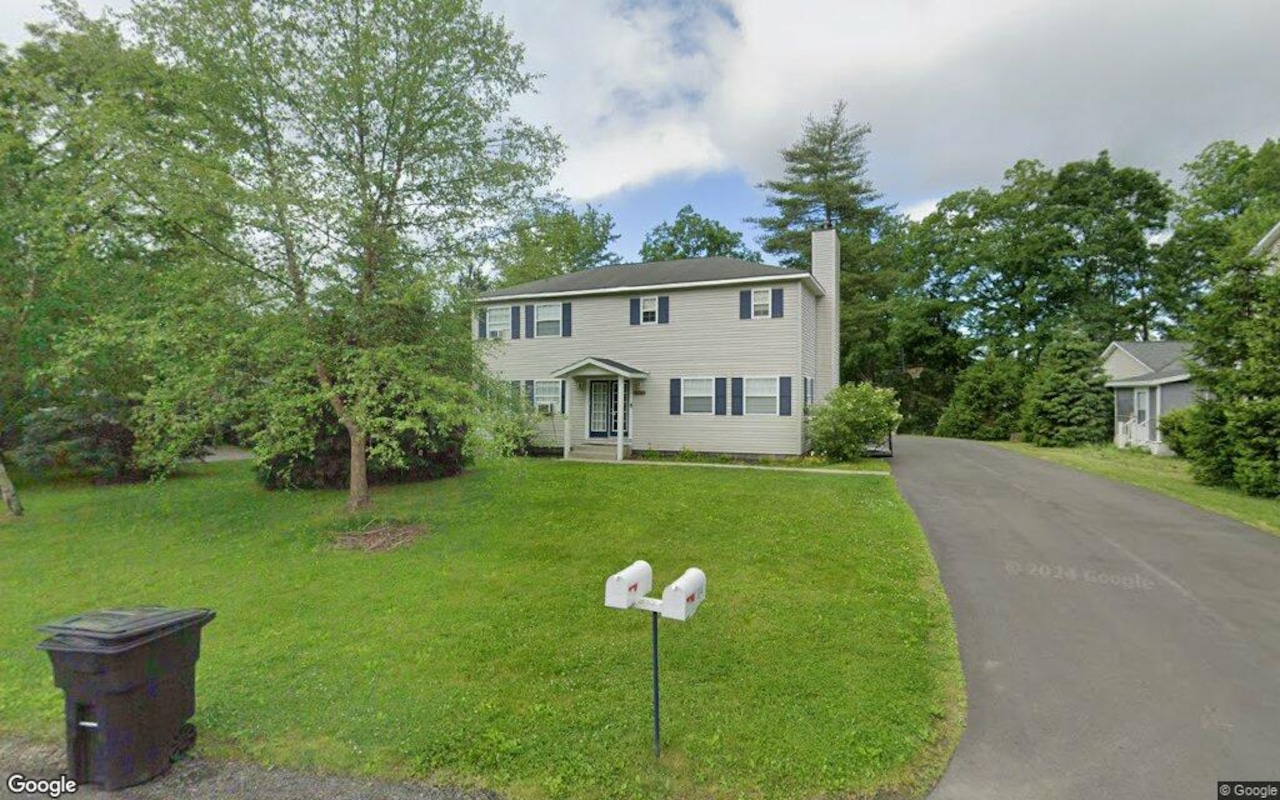R
etail real estate has experienced its best decade in terms of balanced supply and demand during my tenure in the industry. Since occupancy reached 90% in 2014, every year has seen steady gains in leasing, culminating in DFW's tightest retail market on record in 2024.
The question of sustainability is often raised by seasoned professionals who recall previous up cycles followed by down markets and crashes. The 1980s saw a go-go decade with speculative construction that led to the worst real estate crash since the Great Depression, while the 1990s were marked by power centers that ultimately contributed to department store weakness.
The 2000s saw power retailers struggle against online competition from Amazon and others, leading to failures like Linens 'N Things and Borders Group. However, the market learned valuable lessons about focusing on areas with strong fundamentals and building new space in line with demand.
Today, retail construction remains conservative, with new deliveries still in check despite record occupancy of 95.2%. Most new space is being created by large-format anchor stores for grocery chains like H-E-B, Tom Thumb, and Walmart, which are adding to occupancy with pre-leased shop space.
Brick-and-mortar retail has become more essential than ever, thanks to its ability to transform with "tech and mortar" – the integration of digital outreach that fulfills consumer preferences for convenience, selection, and experience. This approach enhances brand awareness and trust, driving both in-store and online sales.
DFW's economic powerhouse status is also a key factor in sustaining the retail market. The area dominates lists of fastest-growing cities, with two large cities – Frisco and McKinney – ranking among the top. North Texas has five entries on the list for fastest-growing cities with at least 20,000 people, driven by population growth and business relocations.
The widespread growth is not limited to suburbs; Fort Worth added over 21,000 people in the most recent census report, while Denton and Dallas also experienced significant gains. The retail market health is partly due to four North Texas counties ranking among the top 15 for overall housing unit growth, with Collin County adding 18,000 new units.
As DFW continues to attract more people, households, and retail demand will follow. With conservative construction and a strong economy, I am confident that the current health in our retail market will be sustainable over the long term.












